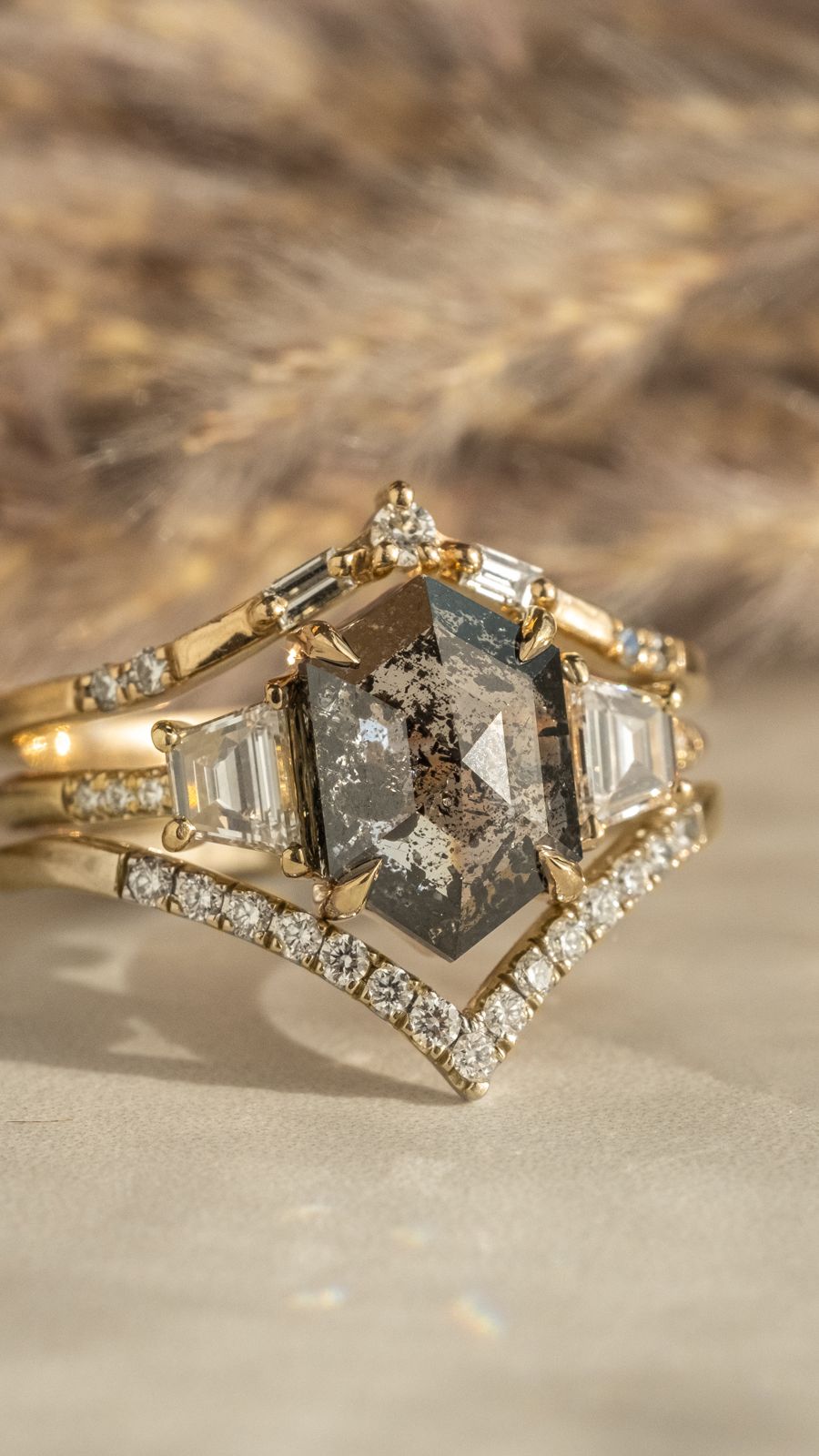Diamonds: Forever or for Everyone? The Rise of Lab Diamond Rings
July 11, 2023

Diamonds have long been hailed as symbols of everlasting love, luxury, and beauty. However, the traditional diamond industry has faced criticism for its environmental impact, unethical practices, and high price tags. In recent years, lab diamond rings have emerged as an alternative that challenges the notion of exclusivity and offers a more sustainable and accessible option for consumers. This article explores the rise of lab diamond rings and their potential to redefine the diamond industry.
Lab diamond rings, also known as lab-created or synthetic diamond rings, are crafted in a laboratory setting using advanced technology that mimics the natural diamond formation process. These diamonds possess the same physical, chemical, and optical properties as mined diamonds, making them virtually indistinguishable to the naked eye. The key difference is that lab diamonds are created in a matter of weeks, rather than taking millions of years to form deep within the Earth’s crust.
One of the significant advantages of lab diamond rings is their potential to address the ethical concerns associated with traditional diamond mining. The traditional diamond industry has faced scrutiny over issues such as human rights violations, child labor, and environmental damage. Lab diamond rings offer a transparent and traceable supply chain, ensuring that they are free from such ethical concerns. They provide an opportunity for consumers to enjoy the beauty and elegance of diamonds without compromising their values.
Furthermore, lab diamond rings are more environmentally friendly compared to their mined counterparts. Traditional diamond mining involves extensive land excavation, water usage, and energy consumption, leading to habitat destruction and carbon emissions. In contrast, lab diamond rings require significantly less land and water resources, and their production emits fewer greenhouse gases. This makes them a more sustainable choice for environmentally conscious consumers.
Another significant aspect of lab diamond rings is their affordability. Traditional mined diamonds often come with hefty price tags due to their rarity and market demand. Lab diamond rings, on the other hand, are typically priced lower than their mined counterparts, making them more accessible to a wider range of individuals. This shift in affordability challenges the notion that diamonds are only for the elite and opens up the possibility for more people to experience the joy of owning a diamond ring.
Lab diamond rings also offer a greater variety of options in terms of color and design. Traditional mined diamonds are subject to the limitations of natural coloration, whereas lab diamonds can be created in various hues, including fancy colors that are rare in nature. This allows consumers to find a lab diamond ring that perfectly matches their style and preferences, giving them more freedom to express their individuality.
While lab diamond rings offer numerous advantages, it is important to note that traditional mined diamonds still hold cultural and historical significance. They are deeply embedded in traditions and have long been associated with significant life events like engagements and weddings. However, as more consumers become aware of the ethical and environmental concerns surrounding traditional diamond mining, the demand for lab diamond rings continues to grow.
In conclusion
Lab diamond rings have emerged as a viable and sustainable alternative to traditional mined diamonds. They offer ethical sourcing, reduced environmental impact, affordability, and a wider range of design options. As the demand for sustainable and accessible luxury grows, lab diamond rings are poised to challenge the notion of exclusivity in the diamond industry. Whether diamonds are forever or for everyone, the rise of lab diamond rings represents a shift towards a more inclusive and conscious future in the world of diamonds.
